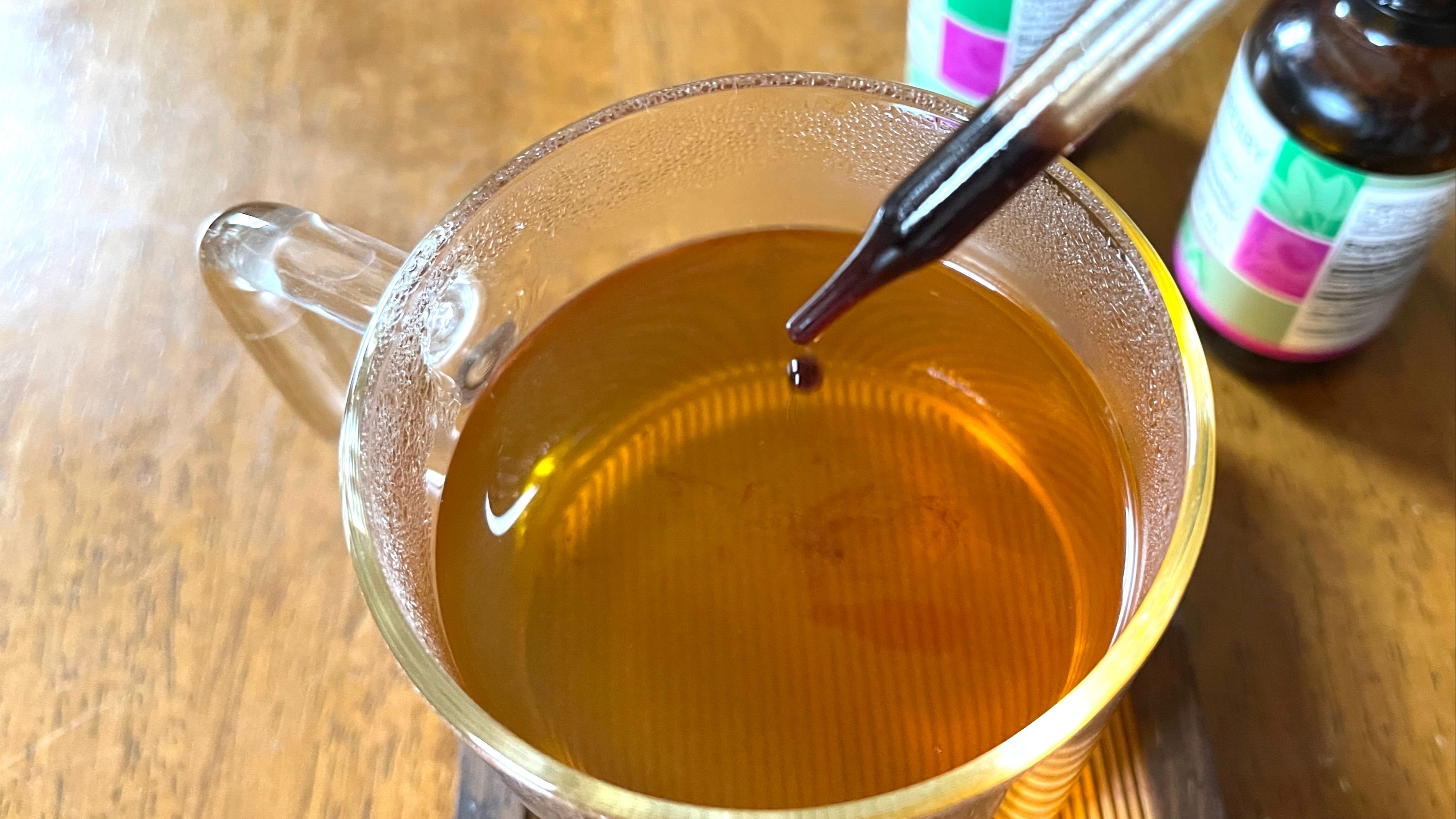Herbs That Really Work: Chamomile, Licorice, and Wild Yam
Jun 09, 2023
Herbs That Really Work:
Chamomile, licorice and wild yam for digestive problems
By David Crow, L.Ac.

The three most reliable herbs for treating upper digestive symptoms are chamomile, licorice and wild yam.
The best way to use these is to prepare chamomile tea first, then add the licorice and wild yam as tinctures if needed.
To prepare the chamomile tea, fill a French press ¼ full with dry flowers, cover the remaining ¾ with hot water. Steep 5 – 10 minutes, press out.
For many conditions it is best to take smaller doses at more frequent intervals, so ¼ cup every hour is good if needed. This can be done up to eight times a day for acute symptoms.
Chamomile tea alone is one of the best remedies for a huge number of problems, but for this post I will mention just the upper GI problems of an inflammatory nature: it helps control acidity, prevents heartburn, supports healing of the upper GI mucosa, regulates peristalsis, relieves gastritis and ulcer related pains, and relieves bloating and acid reflux.
There are no contraindications for using chamomile tea; however, if you are in the middle of an extreme flareup of seasonal allergies from pollen, it could make the symptoms worse.
If symptoms require a stronger soothing anti-inflammatory power add some licorice tincture to each dose of chamomile tea. Licorice, especially in tincture form combined with chamomile, is one of the most reliable and consistent of the herbs for protecting the upper GI mucosa from acidity and inflammation. It relieves dyspepsia, regulates digestive functions, aids gastritis and ulcers, helps in bloating and gas and restores lost appetite.
It is not necessary to take high doses of licorice, just regular smaller doses. Start with 5 drops in the ¼ cup chamomile tea; this can safely be taken up to 8x day for several days if necessary. Safe doses of licorice tincture can go as high as ½ tsp 4x day, but it is best to stop after a week or two.
Licorice should not be taken if you have hypertension, which is unfortunate because hypotensive medications tend to disturb the digestive system; it should also be avoided if you have active kidney disease or edema.
If the symptoms include spasms and cramping of the intestines, add wild yam to the chamomile and licorice blend. Wild yam is one of the most reliable and consistent of the intestinal antispasmotics; it regulates digestive functions, relieves gas and bloating, treats indigestion and dyspepsia, aids in gastritis and peptic ulcers, and supports liver and gallbladder functions.
Continue with the same program of ¼ cup tea with 5 drops licorice tincture 8x day, but also add 5 drops wild yam tincture to each dose. This can also be continued safely up to a week, possible switching over to the ½ tsp level 4x day as with the licorice; however, if acute symptoms are not subsiding after 48 hours and you are not familiar with the condition it is best to get a clear diagnosis to rule out a more serious condition.
Wild yam tincture at these doses for short periods of time for treating upper GI symptoms is very safe, with virtually no contraindications. Some people may be cautious about wild yam because of its mild phytoestrogenic effects, but this is more of a concern if taken at higher doses over a longer period of time in specific medical conditions where this category of herbs may be potentially contraindicated.


